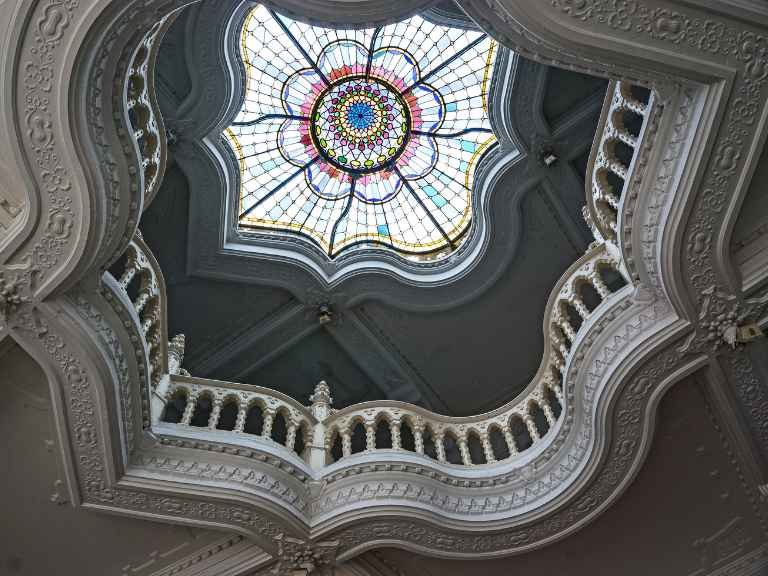The Art Nouveau movement was a groundbreaking turn-of-the-century style of art and architecture that changed how the world thought about design. Art Nouveau, which roughly translates to “new art” in French, was an international creative expression that took influence from various sources, including Japanese art and the Arts and Crafts movement. Its impact on architecture has been profound and far-reaching, with its signature use of organic forms and natural motifs still seen in modern designs.
Art Nouveau was a break from the traditional and formal styles of the 19th century and instead embraced the idea of creating designs that were more in tune with nature. This new movement found its expression in many different forms, from furniture and jewelry to architecture.
The most notable architectural influences of Art Nouveau can be seen in the buildings designed by French architect Hector Guimard, who was instrumental in popularizing the style. The most recognizable features of Art Nouveau architecture are its curving, curved lines inspired by the shape of plants and animals. These sweeping designs, often set against the more traditional straight lines of the surrounding buildings, give Art Nouveau a unique sense of movement and dynamism.
In addition to its organic forms, Art Nouveau architecture also featured a variety of materials, including glass, iron, and ceramic tiles. This combination of materials and the use of color and light created a unique atmosphere and gave Art Nouveau buildings a distinct visual identity.
Another defining feature of Art Nouveau architecture was its use of decoration. From intricate mosaics to ornate sculptures, these decorations were often inspired by nature, using motifs of plants, animals, and even scenes from mythology. This emphasis on decoration, combined with organic forms, gave buildings a sense of fantasy and whimsy that was unique to Art Nouveau.
The influence of Art Nouveau on architecture can still be seen in modern buildings today. Many modern designs take cues from the style, incorporating organic forms and natural motifs. Even the most contemporary buildings often feature elements of Art Nouveau, such as curved lines and decorative details.
Though the Art Nouveau movement ended in the early 20th century, its influence on architecture is still felt today. Its use of organic forms and natural motifs, combined with its emphasis on decoration, gave architecture a unique sense of movement and fantasy.




